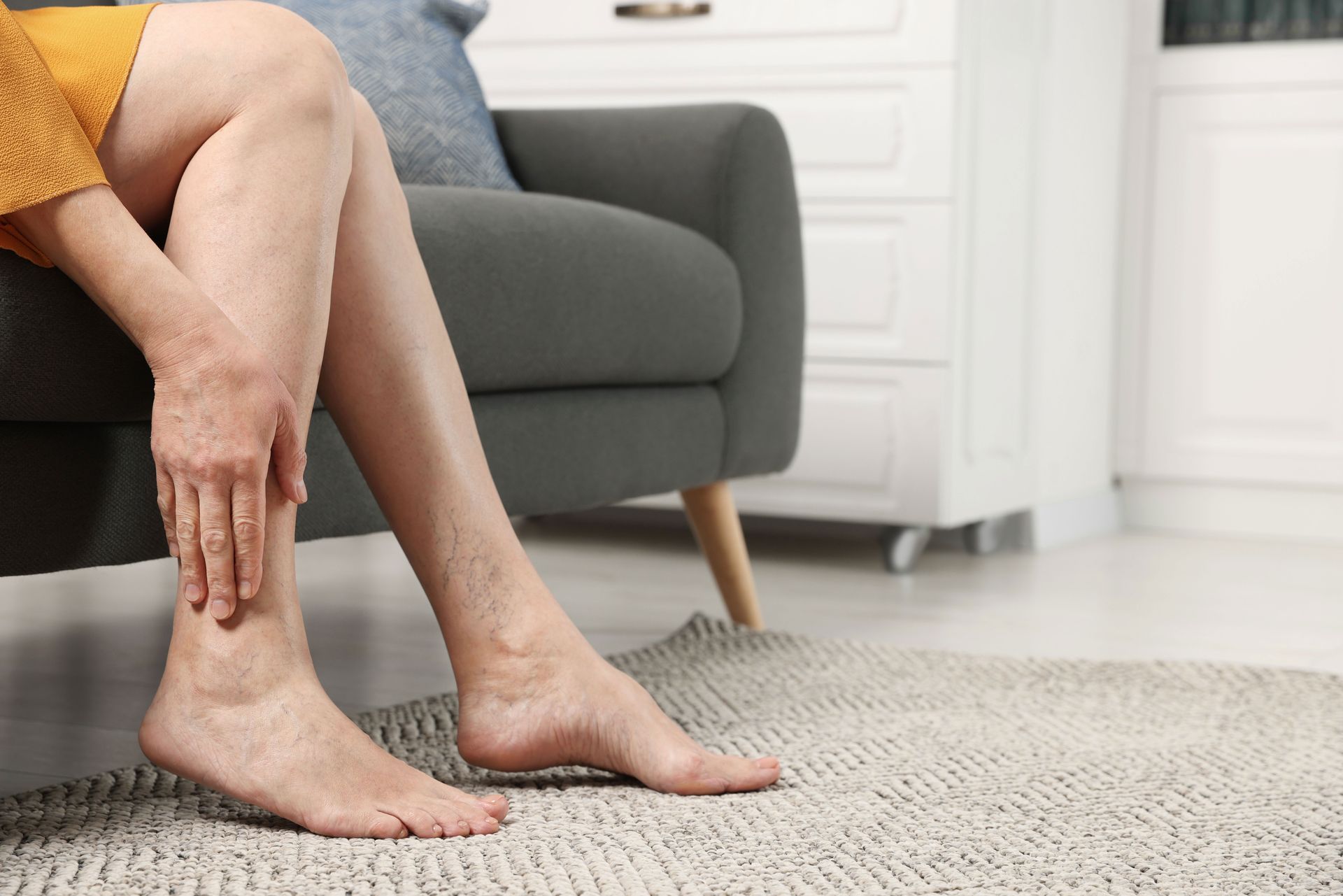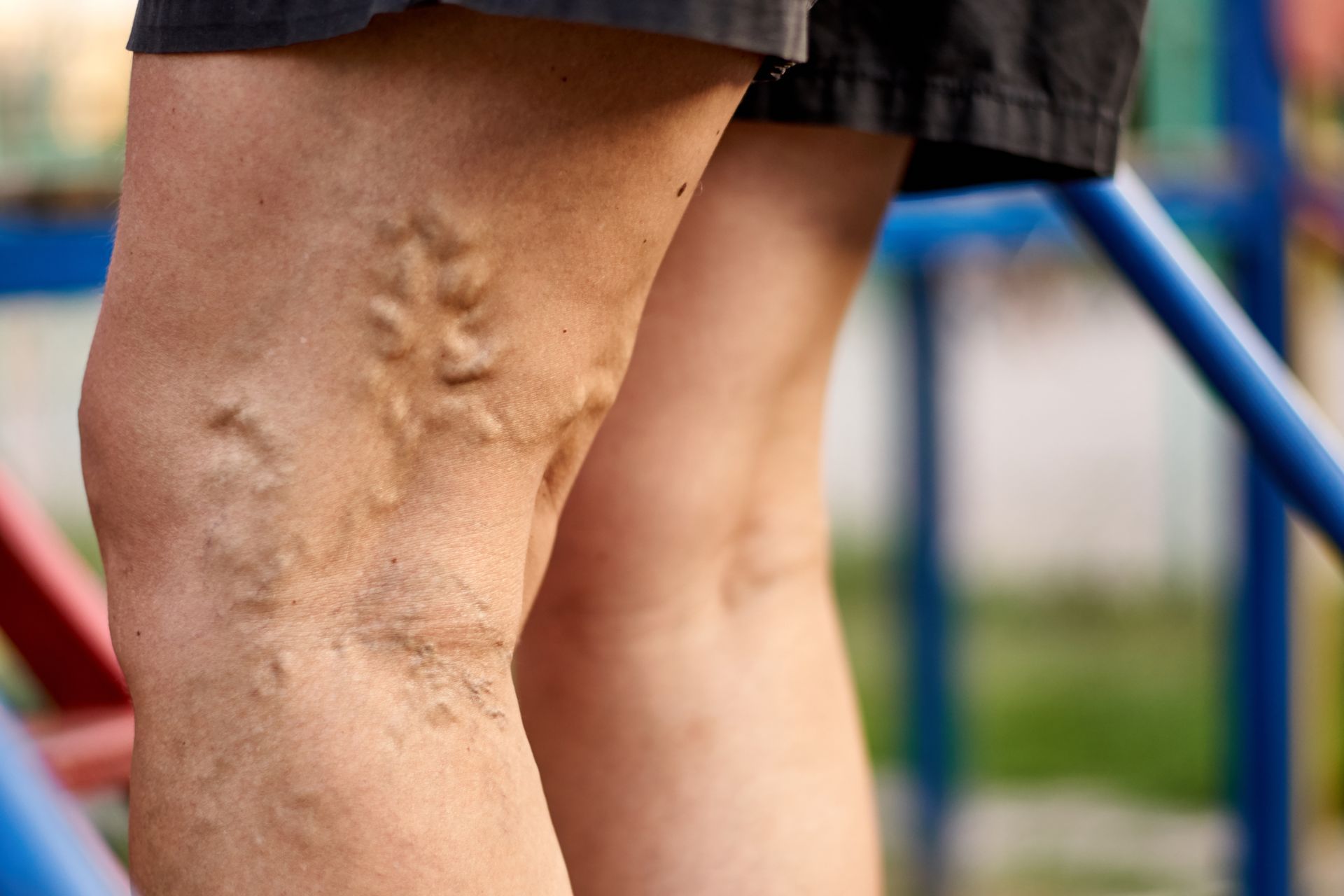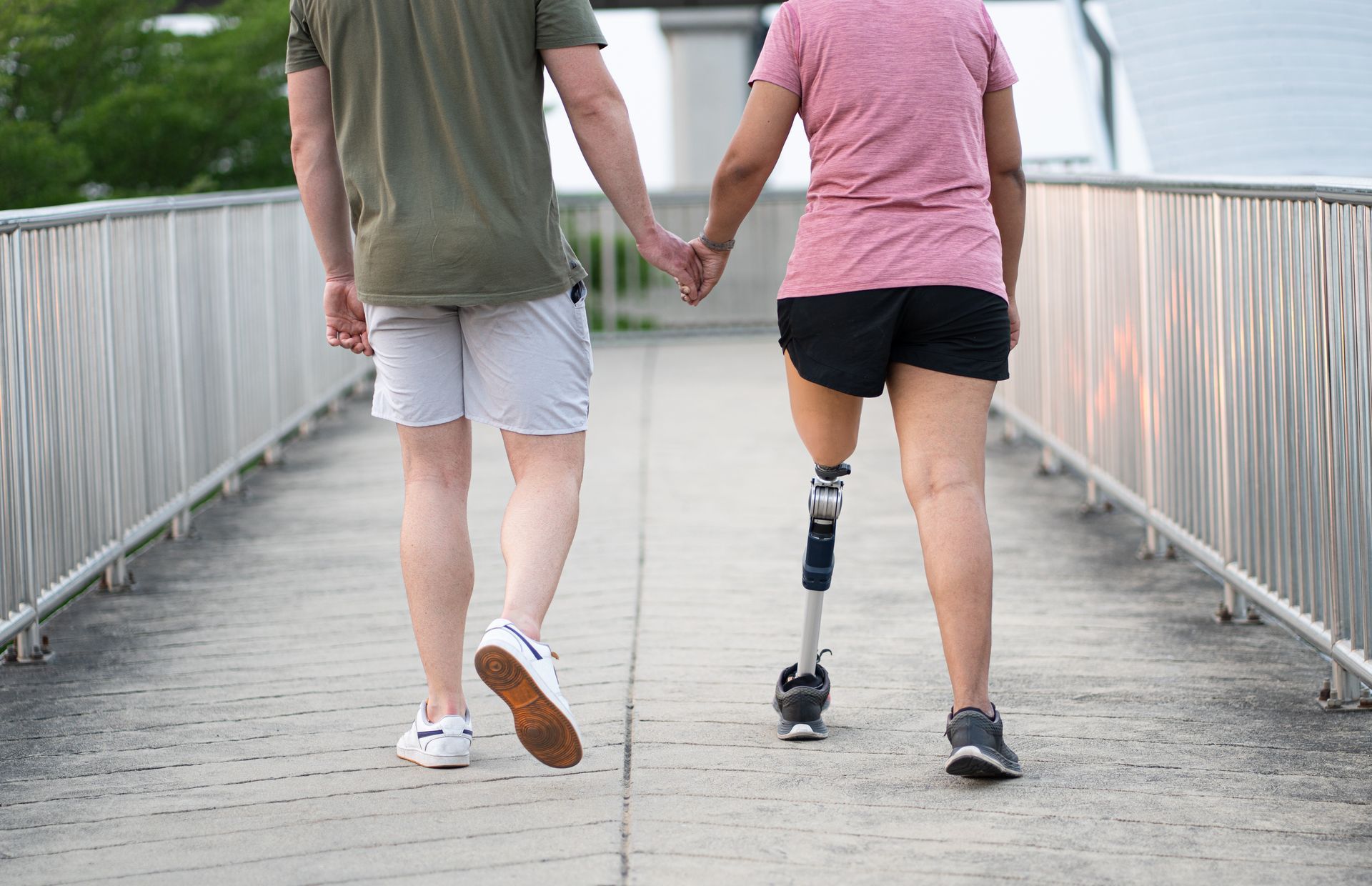How Healthy Habits Can Prevent Vascular Problems: The Role of Diet and Exercise
Have you ever thought about your blood vessels as a complex highway system? Just like roads need maintenance to prevent traffic jams and potholes, your vascular system needs proper care to keep blood flowing smoothly throughout your body. At Ascent Vascular, we believe prevention is better than cure when it comes to vascular health—and the good news is that some of the most effective preventive measures are entirely within your control!
The Vascular System: Your Body's Superhighway
Before diving into prevention, let's understand what we're protecting. Your vascular system consists of approximately 60,000 miles of blood vessels—arteries, veins, and capillaries—that transport blood, oxygen, and nutrients throughout your body. When these pathways become damaged or blocked, serious health problems can develop, including:
- Peripheral artery disease (PAD)
- Deep vein thrombosis (DVT)
- Varicose veins
- Carotid artery disease
- Aneurysms
The good news? Many vascular problems are preventable through lifestyle choices, particularly diet and exercise.
Eating Your Way to Healthy Blood Vessels
Your diet plays a crucial role in maintaining vascular health. Here's how what you eat affects your blood vessels and what you can do to keep them in top shape:
The Mediterranean Diet: A Vascular Friend
The Mediterranean diet isn't just a trendy eating plan—it's backed by science for its vascular benefits. Rich in fruits, vegetables, whole grains, fish, olive oil, and nuts, this diet helps reduce inflammation and prevents plaque buildup in your arteries.
A simple change like swapping butter for olive oil or snacking on nuts instead of chips can make a significant difference in your vascular health over time. Think of it as choosing premium fuel for your body's engine!
Potassium-Rich Foods: Nature's Pressure Regulators
Bananas, sweet potatoes, spinach, and avocados are packed with potassium, which helps regulate blood pressure by counteracting sodium's effects. High blood pressure puts unnecessary strain on your blood vessels, so keeping it controlled is essential for vascular health.
Berries: Small Fruits with Big Benefits
Blueberries, strawberries, and other berries contain anthocyanins—compounds that protect your artery walls and reduce blood pressure. Plus, they're delicious additions to breakfast or as a sweet afternoon snack!
Foods to Limit
Just as important as what to eat is what to avoid. Processed foods, excessive salt, saturated fats, and added sugars can all contribute to inflammation and plaque formation in your blood vessels. Moderation is key—you don't need to give up your favorite treats entirely, but being mindful about frequency and portion size makes a difference.
Moving for Vascular Health: Exercise as Preventive Medicine
If diet is your vascular system's fuel, exercise is its maintenance program. Regular physical activity benefits your blood vessels in several ways:
Strengthening the Heart Muscle
Your heart is the central pump of your vascular system. When it's strong, it works more efficiently, reducing strain on your blood vessels. Aerobic exercises like walking, swimming, and cycling are particularly effective at strengthening your heart.
Improving Blood Flow
Exercise increases blood flow throughout your body, which helps keep your blood vessels flexible and prevents the formation of clots. Just 30 minutes of moderate activity most days can significantly improve your vascular health.
Managing Weight and Reducing Strain
Carrying excess weight puts additional pressure on your vascular system. Regular exercise, combined with a healthy diet, helps maintain a healthy weight and reduces this strain.
Finding Activities You Enjoy
The best exercise routine is one you'll actually stick with! Whether it's dancing, gardening, hiking, or playing a sport, finding physical activities you enjoy makes it easier to stay consistent. Remember: some movement is always better than none.
Simple Habits for Big Vascular Benefits
Beyond diet and exercise, several other habits can promote vascular health:
- Stay hydrated: Proper hydration helps maintain blood volume and prevents your blood from becoming too thick.
- Manage stress: Chronic stress contributes to inflammation and high blood pressure. Practices like meditation, deep breathing, or yoga can help manage stress levels.
- Prioritize sleep: Quality sleep allows your vascular system to repair and recover.
- Quit smoking: Smoking damages blood vessels and accelerates plaque buildup. If you smoke, quitting is one of the best things you can do for your vascular health.
When to Seek Professional Care
While preventive measures are powerful, they work best when combined with appropriate medical care. Schedule a visit with a vascular specialist if you:
- Experience leg pain, cramping, or fatigue during physical activity that improves with rest
- Notice changes in skin color or temperature in your limbs
- Have a family history of vascular disease
- Live with conditions like diabetes, high blood pressure, or high cholesterol
At Ascent Vascular, our team of specialists can provide comprehensive evaluations and develop personalized treatment plans to address your specific vascular health needs.
Take the First Step Today
Vascular health isn't built in a day—it's the result of consistent healthy choices over time. By incorporating balanced nutrition and regular physical activity into your lifestyle, you're investing in your long-term health and well-being.
Remember, small changes can lead to significant benefits. Maybe start by adding an extra serving of vegetables to your meals or taking a 10-minute walk after dinner. Your blood vessels will thank you!
Ready to take your vascular health to new heights? Contact Ascent Vascular today to schedule a consultation with our experienced team. Together, we'll help you develop a personalized plan to keep your vascular system healthy for years to come.
This blog is for informational purposes only and is not intended to replace professional medical advice. Always consult with a healthcare provider regarding your specific health needs.











